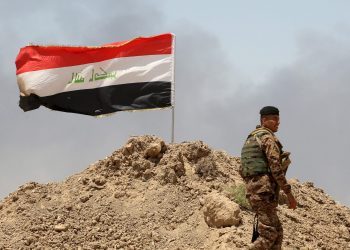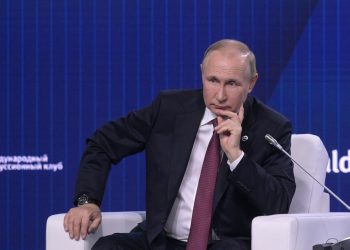Singapore Ministry of Defence,
As Singapore continues to play its part in helping to create an inclusive security architecture where countries in the region can enjoy peace and security, the Singapore Armed Forces (SAF) will continue to direct its efforts in three keys: modernising weapons and equipment; refining organisational structure, concepts and training doctrines; and developing its people.
In an interview with the media ahead of SAF Day, Minister for Defence Teo Chee Hean said that transformation to the 3rd Generation SAF will link these three key areas.
With rapid technological advancement and adaptation, the nature of military operations today has changed.
According to Mr Teo, there is now more emphasis on small units, with the section commander having a lot more fire power at his disposal.
“It's not just seven men with their machine guns and hand grenades,” he explained. “The seven men have with them a much more powerful array of weapons and systems that they can carry with them; they also carry with them the whole network of the SAF.”
With current communication systems, they can call in fire from the artillery, air strikes from Apaches helicopters and F16 fighters, and even link up with naval platforms. The battle space has become a lot more integrated and complex, with the soldier on the ground being empowered to influence the fight.
Mr Teo added: “In peacekeeping operations and humanitarian assistance and disaster relief missions, the actions of individual soldiers also count, the initiative they are able to take, the leadership that they are able to show… So we want to train our small unit commanders with that kind of initiative, leadership and capability.”
He said fundamental changes have been carried out in the way small unit commanders, section commanders and platoon commanders are being trained. Some 30 per cent of the national service intake now go into commander training – either in Officer Cadet School or in the SISPEC Section Leaders School.
“The quality of our soldiers has also gone up, their education levels are higher,” he said. “By leveraging on the better education preparation before they come into National Service, we are able to produce a much better SAF.”
As for continual development for regulars, the SAF is also providing further education opportunities for officers, warrant officers and specialists. The SAF recently concluded a Memorandum of Understanding (MOU) with Nanyang Technological University to sponsor officers keen to take up a Master's degree.
To complement these 3rd Generation soldiers, major weapons systems for the modern armed force will gradually come onstream. For example, the first of the F-15SGs will be delivered in the coming year, together with the refurbished Leopard tanks.
“They will feature in the training of people and also in the combined joint exercises that we will be doing,” said Mr Teo. “We should see the first of our Leopards in our joint exercises in Exercise Wallaby in Australia later this year.”
For the Navy, the operationalisation of the frigates is also on track, with a successful firing for the Aster medium-range surface-to-air missile system in Toulon, France, in April this year.
“It transforms the way the Navy can operate at sea and also makes a significant contribution to the total air defence capability of SAF,” said Mr Teo.
Currently, one of the four commissioned frigates, RSS Steadfast, is in Hawaii for a major regional exercise in the Pacific. The much anticipated naval helicopters will also soon commence training with the ships, with a frigate scheduled to head to San Diego next year to train with the US Navy in helicopter operations.
“But those are individual pieces of equipment,” reminded Mr Teo. “The more important aspect is putting them altogether.”
Touching on the third aspect of the 3rd Generation SAF, refining organisational structure and doctrines, he cited examples such as the reorganisation of the Army, with its new command and control systems for the divisions and the brigades; and the Air Force, with their reorganisation from bases and commands that were specific to types of aircraft, to functional commands instead.
“This enables us to bring together the SAF in a much more synergistic way and we see these initiatives continuing in the coming year,” concluded Mr Teo.
This synergy is evident in a number of overseas exercises that the SAF has undertaken in the past months, such as Exercise Wallaby in Australia and Exercise Lightning Warrior in South Africa. The different elements were closely incorporated as one, in integrated live-firing settings.
In the coming year, Mr Teo envisages the SAF taking it even further in major outfield exercises – bringing the 3rd generation transformation even closer than ever before.









